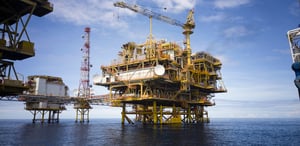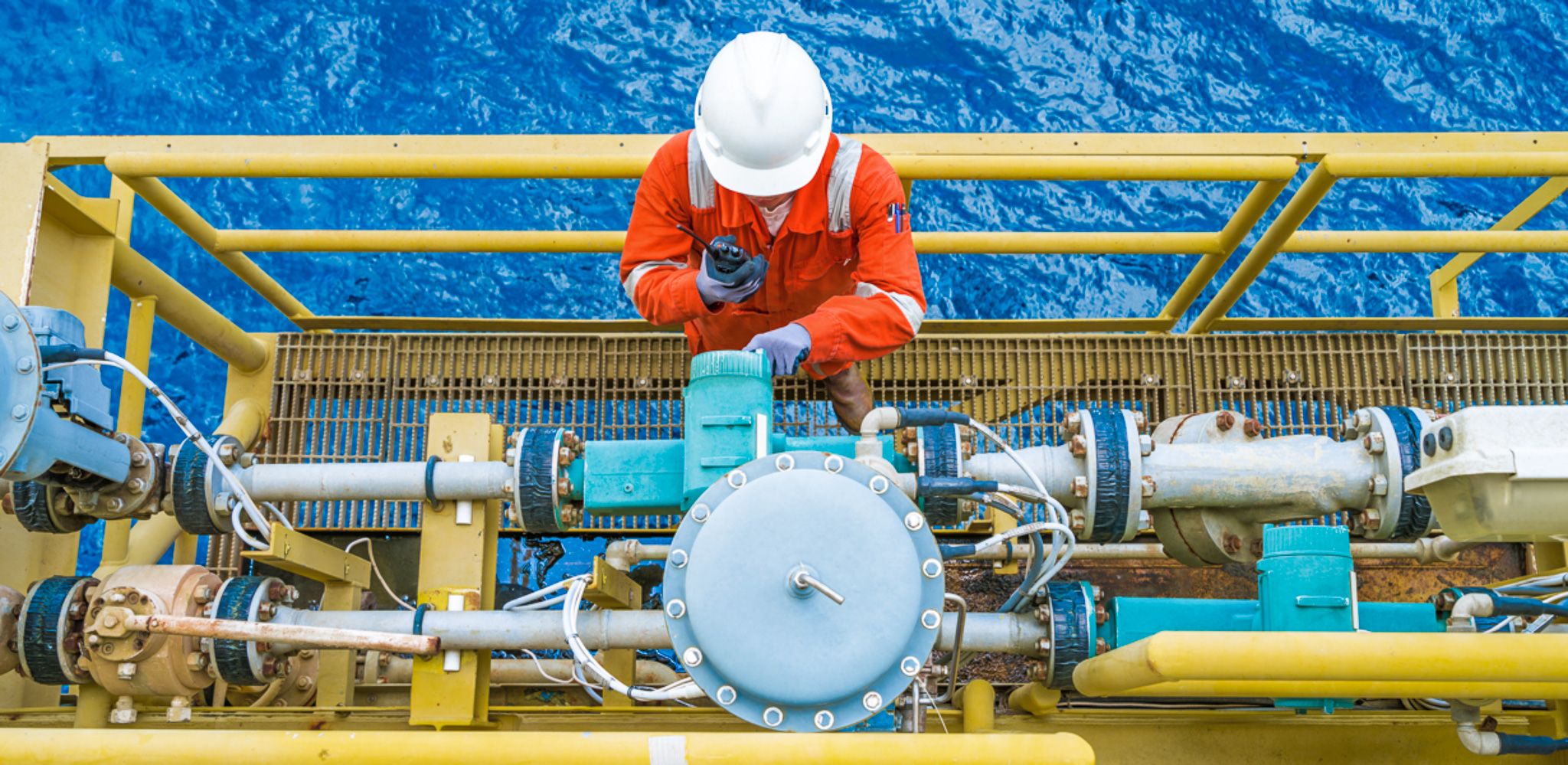'She's been living in her uptown world', Billy Joel sings in his classic hit about the Uptown Girl he's courting.
In this industry, we are living in an uptime world.
Uptime - when an asset is operational and available for use is a critical measure in the oil and gas industry for several important reasons. In capital-intensive operations like ours, we depend on the continuous functioning of various components - from drilling and extraction equipment to transportation and refining infrastructure.
Seven reasons why uptime matters
Six years ago, in a study sponsored by ServiceMax, 82 per cent of companies said they had experienced unplanned downtime over the last three years. [1]
Studies by GE have found that offshore oil and gas organisations experience on average $49 million annually in financial impacts due to unplanned downtime. [2]
When estimates suggest the cost of unplanned downtime can cost a company $200 000-$300 000 an hour - that gives some idea of how crucial this issue is.

Now, the value of uptime in energy is multifaceted, and we can list some of those facets:
- Increased Production: Uptime is directly proportional to production. The more an asset is up and running, the more oil and gas it can produce. Downtime means halted production, which can lead to substantial revenue loss.
- Cost Efficiency: Minimising downtime means fewer disruptions to operations, which can significantly reduce costs associated with equipment repair or replacement, labour, and lost opportunities.
- Safety: Frequent or prolonged downtime can sometimes indicate equipment failure or system issues, posing safety risks. High uptime typically suggests well-maintained and safely operating systems, reducing the risk of accidents and associated liabilities.
- Compliance: Our industry is subject to various changing regulatory standards, some of which pertain to equipment maintenance and operational efficiency. High uptime can be a factor in maintaining compliance with these regulations.
- Competitive Advantage: Companies that maintain high uptime are better positioned in the competitive landscape. They ensure consistent supply, meet contractual obligations effectively and respond more agilely to market demands.
- Reputation: Consistent uptime builds trust with stakeholders, including investors, customers, and regulatory bodies.
- Environment: Efficient and uninterrupted operations can also minimise environmental impact by reducing the risk of spills or leaks during shutdowns or start-ups.
Why emerging digital solutions are optimising uptime
However, several emerging technologies are playing a significant role in optimising uptime in the oil and gas industry:
- Digital Twin Technology: A digital twin is a virtual replica of a physical system, process, or product. It enables the operator to simulate different scenarios and understand how the system would react. In oil and gas operations, digital twins can help identify potential issues before they cause downtime, support operator training, and enhance the planning and optimisation of maintenance activities. This is where Aize comes in; more about that later.
- Predictive Maintenance: Predictive maintenance uses advanced analytics, machine learning, and artificial intelligence to predict equipment failures before they happen. This allows for scheduled maintenance during non-critical times and prevents unexpected downtime, improving uptime.
- Internet of Things (IoT): IoT involves embedding sensors and software in physical objects. In the oil and gas industry, IoT devices can monitor critical parameters of equipment and infrastructure, allowing for real-time awareness of their status. Data gathered by IoT devices can be used to identify potential issues early and to schedule proactive maintenance, enhancing uptime.
- Cloud Computing and Big Data: Large-scale data analysis can reveal patterns and insights that would be otherwise difficult to detect. Cloud computing platforms provide the infrastructure for storing and processing these massive amounts of data, while big data analytics provide the tools to analyse them.
- Artificial Intelligence (AI) and Machine Learning (ML): AI and ML can be used to analyse the vast amounts of data generated by IoT devices, providing valuable insights into asset performance, production bottlenecks, and potential points of failure.
- Automation and Robotics: Automation can increase uptime by reducing the chances of human error, increasing the speed of operations, and enabling functions in environments that may be hazardous to humans. Robotics can be used for inspections and repairs that might be too dangerous, tedious, or difficult for human operators, thereby improving uptime.
So why Aize?
With players in heavy asset maintenance & operations sharing and interacting in the digital twin, with identical information, data, and viewpoints, you get closer to that uptime world we're all striving to create.
You can find:
'I access all the information I need for all relevant assets, and the user interface helps me find the information in a fraction of the time it used to take.'
You can navigate:
'I can sit onshore and navigate any asset, knowing I will access up-to-date information – the only time we do actual work.'
You can visualise:
'Aize helps us visualise multiple types of data from multiple systems without leaving Aize – our decisions are quicker and more accurate.'
You can gain insight:
'Combining and analysing data from multiple sources helps us gain deeper insights and make better, data-driven decisions.
You can collaborate:
'I can communicate and share information with my colleagues in shared software, intuitively centred around the equipment in a discussion.'
You can plan:
'I have a full overview of all activities occurring within an area of interest and can properly plan and execute these efficiently.'
All in all, reducing downtime by bringing people, data and documents closer together in the uptime world.
Like Billy Joel says in his song: And then we'll win.
Sources:
1. https://fsd.servicemax.com/2017/10/19/the-cost-of-unplanned-downtime-and-the-rally-for-digital-transformation/#:~:text=Analyst
2. https://www.ge.com/digital/sites/default/files/download_assets/ge-the-impact-of-digital-on-unplanned-downtime.pdf

Post written by Mads Gudim Burheim
Mads worked as a journalist and project manager in Aller Media and Schibsted for 15 years before joining Aize as Senior Content & Communications manager. He loves writing, travelling and living in Oslo.
Stay in the loop
I’d like to sign up to Aize newsletter





